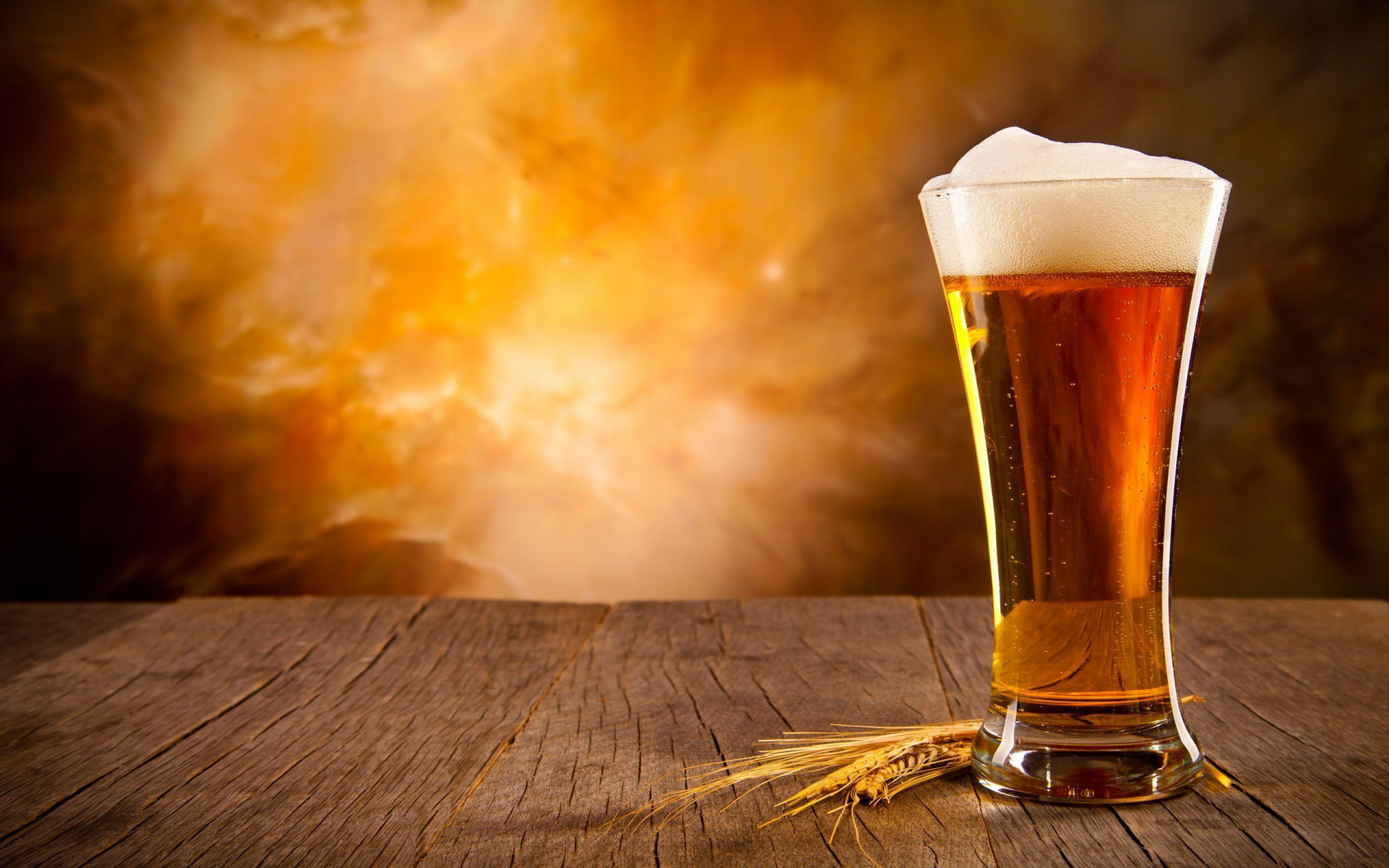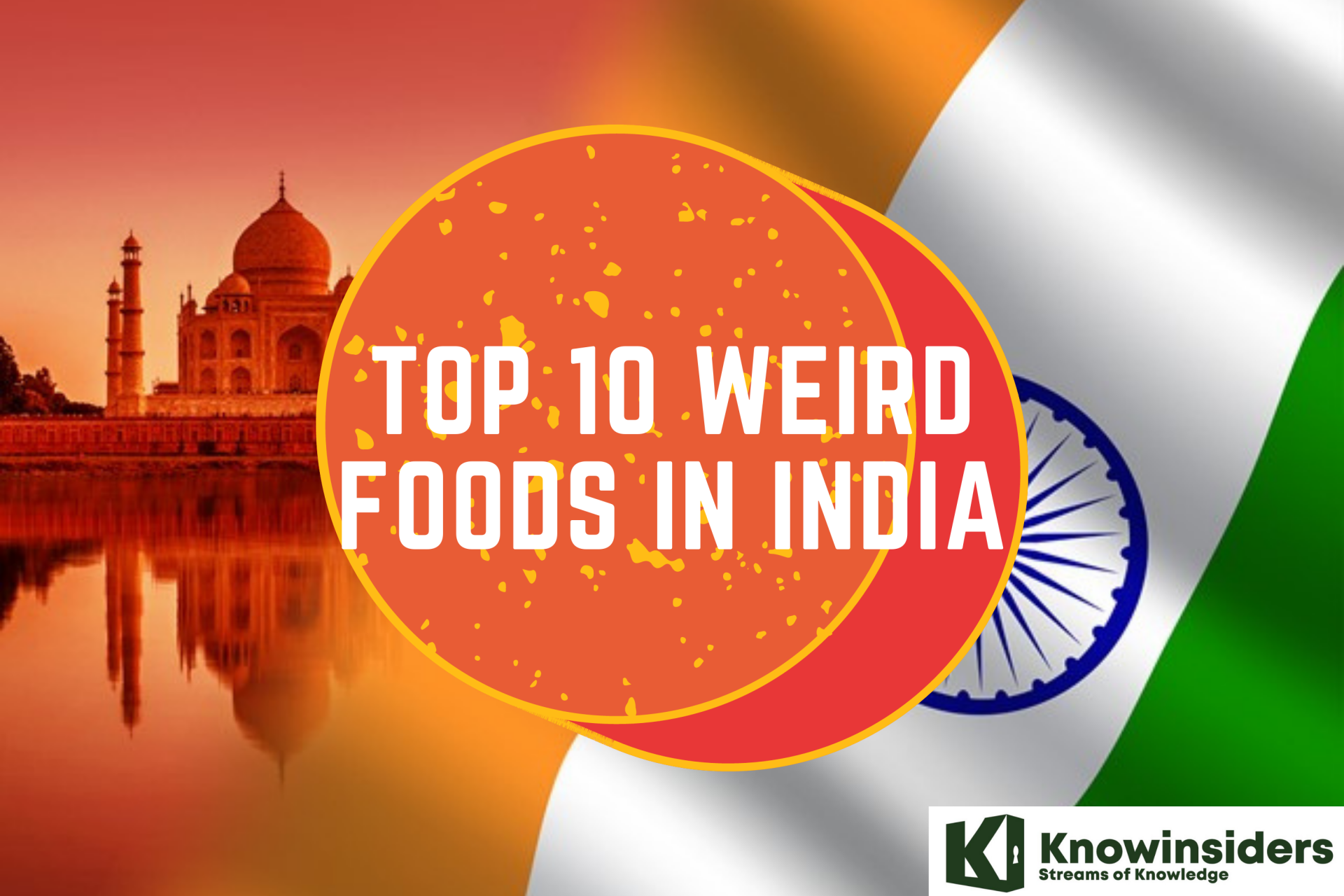How Many Bubbles Are In A Glass of Beer?
 |
| Photo: Getty Images |
Have you ever poured yourself a glass of beer, gazed into its effervescent depths and thought, "Hmm, I wonder how many bubbles are in there?" Scientists did, and they came up with a number, calculating that a gently poured half-pint of lager will produce between 200,000 and 2 million bubbles before going flat.
The scientific side of bubbles in a glass of beer
Gerard Liger-Belair -- a researcher with the University of Reims Champagne-Ardenne in France -- counted the number of bubbles in a flute of champagne before turning to the question of beer.
Worldwide, beer is one of the most popular alcoholic beverages. Lightly flavored lagers, which are especially well-liked, are produced through a cool fermentation process, converting the sugars in malted grains toalcohol and carbon dioxide. During commercial packaging, more carbonation can be added to get a desired level of fizziness. That’s why bottles and cans of beer hiss when opened and release micrometer-wide bubbles when poured into a mug. These bubbles are important sensory elements of beer tasting, similar to sparkling wines, because they transport flavor and scent compounds. The carbonation also can tickle the drinker’s nose. Gérard Liger-Belair had previously determined that about 1 million bubbles form in a flute of champagne, but scientists don’t know the number created and released by beer before it’s flat. So, Liger-Belair and Clara Cilindre wanted to find out.
 |
| Photo: 123RF |
Archaeological evidence shows that people have been brewing and drinking beer for at least 5,000 years and possibly for as long as 13,000 years, Liger-Belair and co-author Clara Cilindre, an associate professor and researcher in the Molecular and Atmospheric Spectroscopy Group (GSMA) at the University of Reims, reported in the study. The beverage "is by far the most popular alcoholic drink worldwide," with global production reaching nearly 53 billion gallons (200 billion liters) per year, and bubbles and foam are an important part of the beer experience, Liger-Belair told Live Science in an email. This is especially true of lager, the most popular type of beer, Liger-Belair said.
"It seems pertinent to us to bring some more knowledge about bubble formation, bubble size and finally about the issue of the total number of bubbles likely to form in a glass of beer along the entire natural degassing process," he said.
Beer is typically made of four ingredients — malted cereal grains, hops, yeast and water — which are then fermented. This process breaks down carbohydrates to produce alcohol, sugars and carbon dioxide (CO2). When beer is bottled or canned, additional CO2 is added, creating pressure in the container. Once the seal on a can or bottle is broken, the liquid becomes supersaturated with CO2, which is then released as tiny bubbles.
 |
| Photo: Wallpaper Cave |
For the study, the researchers looked at beer that was 5% alcohol by volume, pouring about 8 ounces (250 milliliters) of beer at a temperature of 42 degrees Fahrenheit (6 degrees Celsius) into 17-ounce (500 ml) glasses. The scientists determined that the overall number of beer bubbles would be mostly affected by three factors: concentration of dissolved CO2 in the glass, volume of the bubbles, and the point at which beer becomes so CO2-depleted that no more bubbles can form.
Tiny flaws in beer glasses also help CO2 bubbles emerge from the liquid, the study authors found. Dissolved CO2 would collect around pits and crevices larger than 1.4 micrometers wide, forming streams of bubbles. High-speed photography then showed the bubbles getting bigger as they rose, capturing even more CO2 from the beer. In total, a glass of beer of this volume would generate between 200,000 and 2 million bubbles, according to the study.
However, this research wasn't just about counting bubbles, the scientists said. When bubbles in a beverage pop on a drinker's tongue, they enhance subtle flavors; by studying effervescence in liquid, scientists can learn how beverages behave under different conditions and how that can affect their taste, Liger-Belair said in the email.
While the quantity of dissolved CO2 in beer is "a key parameter" for understanding this, the geometry of the glasses that hold the drink also plays an important part, "so that we can easily imagine modifying some beer and glass parameters for a better overall sensory experience," he said.
"We believe that the beer industry could benefit from more knowledge about bubble science," Liger-Belair added.
The findings were published online March 31 in the journal ACS Omega.
******READ MORE: National Beer Day In USA: Why It Is Celebrated, List of All Beer Drinking
 Top 7 Weirdest Brazilian Food & Fact Check Top 7 Weirdest Brazilian Food & Fact Check Tasty or not, the dishes described below are still Top 7 Weirdest Brazilian Foods. Check the article for more information about them & Fact ... |
 10 Weird Foods In India 10 Weird Foods In India India is famous for its culture and traditions as well as well-known for some of its weird food dishes. Read below to find out ... |
 Top 10 Bizarre-Looking Foods But Absolutely Healthy Top 10 Bizarre-Looking Foods But Absolutely Healthy The KnowInsiders has rounded up all the strangest, best, most delicious food pairings you can imagine to stay healthier and younger. Read on to ... |
 National Beer Day - Why, When & How to Celebrate - Bizarre Holidays National Beer Day - Why, When & How to Celebrate - Bizarre Holidays National Beer Day is one of the most bizarre holidays in the US which hail the freedom of beer selling in the countries. There are ... |


























